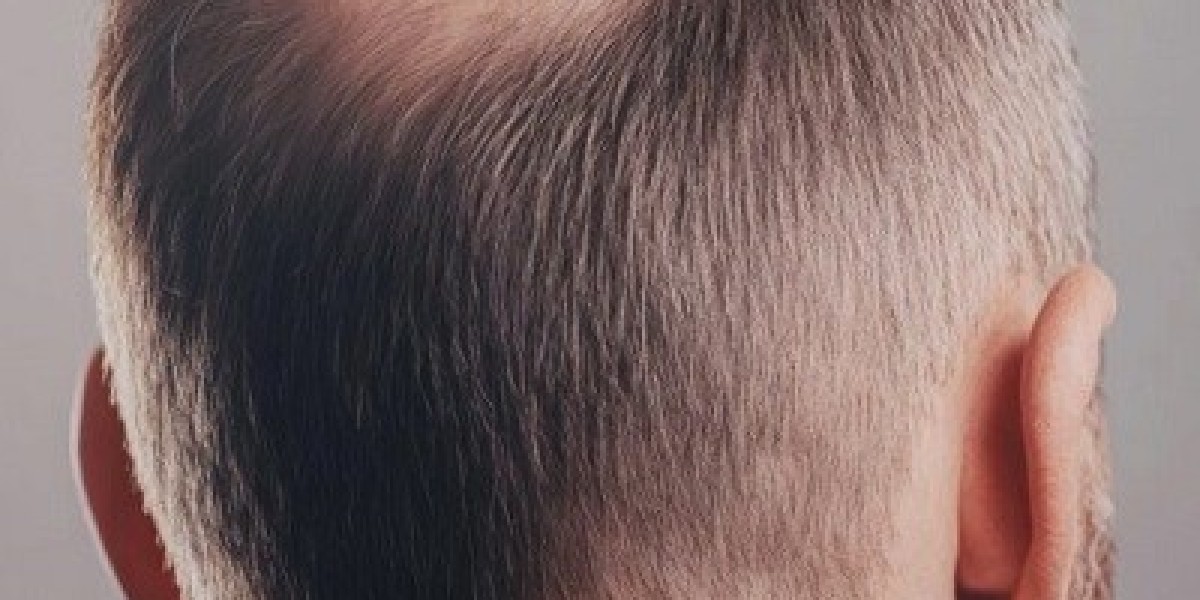A crown hair transplant in Islamabad is a transformative procedure that restores hair in the vertex (crown) area, which is one of the most challenging regions to treat. While the surgery itself is crucial, proper aftercare is equally important to ensure optimal healing and hair growth. Following the right post-operative practices can significantly impact the success of the transplant. In this guide, we’ll provide essential aftercare tips to promote faster healing and better hair growth after a crown hair transplant.
Immediate Post-Operative Care (First 72 Hours)
The first few days after your crown hair transplant are critical for the survival of the newly implanted grafts. Here’s what you should do:
Follow Your Surgeon’s Instructions: Every patient receives a personalized aftercare plan from their surgeon. It’s crucial to follow these guidelines carefully.
Rest and Avoid Strenuous Activities: Avoid bending over, heavy lifting, or any activities that may cause blood pressure fluctuations, as these can affect graft survival.
Keep Your Head Elevated: Sleep with your head slightly elevated (at a 30-45-degree angle) to minimize swelling.
Do Not Touch or Scratch the Scalp: Itching and discomfort are common, but touching the area can dislodge grafts and lead to infections.
Apply Prescribed Medications: Use any prescribed antibiotics, anti-inflammatory drugs, or topical solutions as directed.
Scalp Cleaning and Washing (Days 3-7)
Gentle Washing: Most surgeons recommend washing your scalp with mild, lukewarm water and a gentle shampoo after 48-72 hours. Do not rub or scratch the area.
Pat Dry: Use a soft towel and gently pat the area dry instead of rubbing.
Avoid Hot Showers: Hot water can irritate the scalp and affect the healing process.
No Direct Water Pressure: Use a cup or your hands to pour water over your head instead of letting water directly hit the transplanted area.
Managing Swelling and Discomfort (First Week)
Cold Compress on Forehead: Applying a cold compress on your forehead (not the transplant area) can help reduce swelling.
Avoid Alcohol and Smoking: These substances slow down healing and can affect blood circulation to the scalp, leading to poor graft survival.
Stay Hydrated: Drinking plenty of water helps flush out toxins and promotes healing.
Scab Formation and Shedding (Weeks 2-4)
Do Not Pick Scabs: Scabs will naturally fall off within two weeks. Picking them can cause damage and affect the results.
Mild Massage After 10 Days: If approved by your surgeon, you can gently massage the area to help loosen scabs and improve circulation.
Expect Shedding: It’s normal for transplanted hair to fall out within the first month. This is part of the hair growth cycle and should not be a cause for concern.
Protecting the Scalp (First Month)
Avoid Direct Sun Exposure: Wear a loose-fitting hat or stay in the shade to protect the scalp from harmful UV rays.
No Swimming: Chlorinated and salty water can irritate the healing scalp.
Avoid Hair Styling Products: Stay away from gels, sprays, and styling creams until the scalp is fully healed.
Promoting Hair Growth (Months 2-6)
Healthy Diet: Consume a balanced diet rich in vitamins, proteins, and iron to support hair regrowth.
Use Recommended Hair Growth Products: Some patients may benefit from medications like minoxidil or PRP (platelet-rich plasma) therapy to enhance growth.
Stay Patient: Hair growth takes time. Initial signs of growth may appear within 3-4 months, with full results visible after 12-18 months.
Final Thoughts
Proper aftercare following a crown hair transplant plays a significant role in achieving the best results. By following these tips, you can ensure faster healing, reduce complications, and maximize hair growth. Always stay in touch with your surgeon for follow-up visits and progress monitoring.









